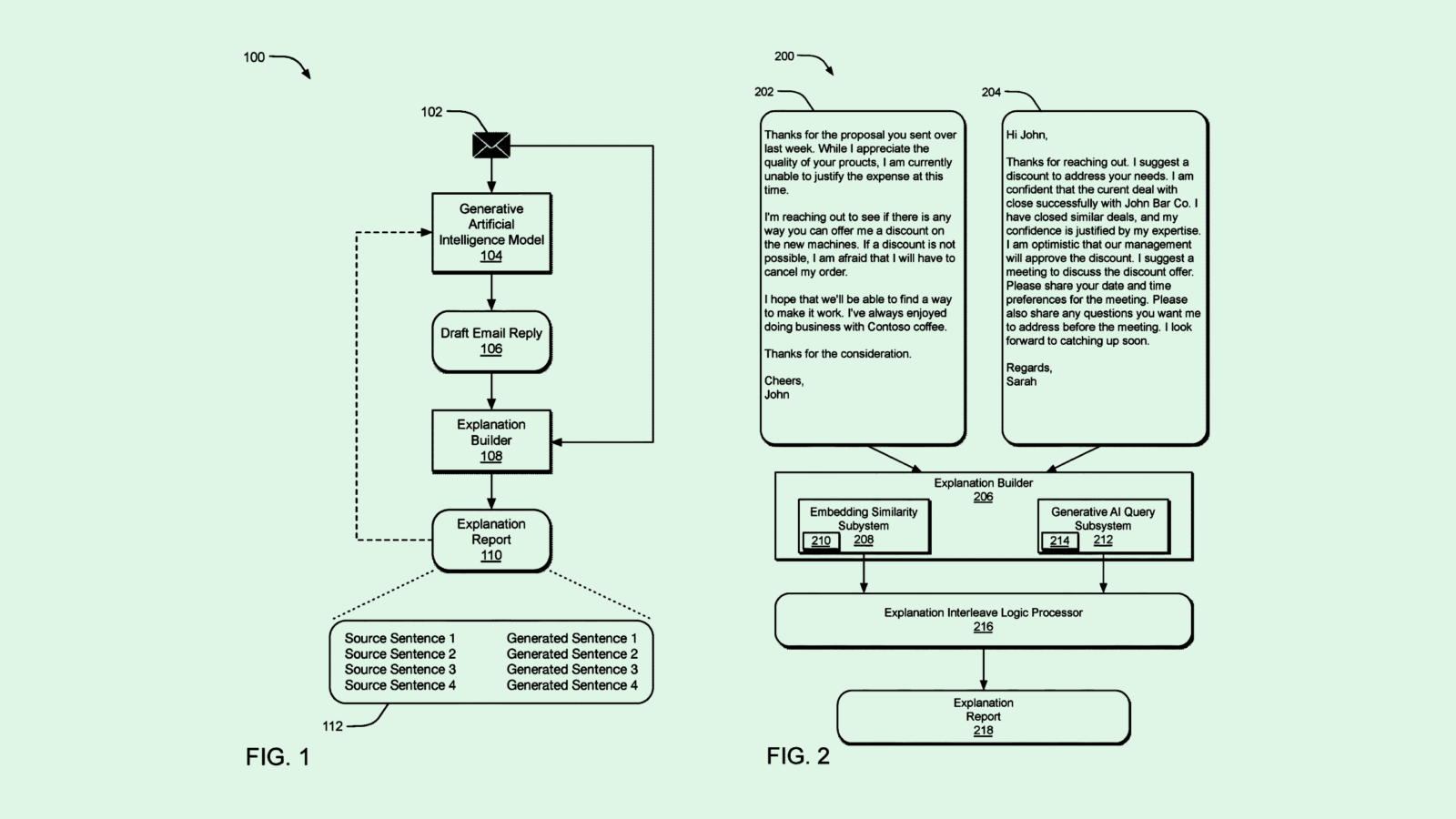Happy Monday and welcome to CIO Upside.
Today: Quantum has a long way to go, but the US shouldn’t take it easy in the race. Plus: How to prevent the dangers of shadow IT at your company; and Microsoft patents highlight the importance of explainable AI.
Let’s get after it.
Quantum Computing Race Isn’t Run ‘In a Vacuum’

Scalable quantum technology isn’t going to be here tomorrow … or the next day. But that doesn’t mean we should pump the brakes.
Last week, experts in the quantum field made the case before the House Science Committee for expanding the US government’s coordinated effort to advance the technology. As the quantum race heats up, the US may not be able to afford to be complacent if it wants to be first in the market, said Dr. Celia Merzbacher, executive director of the Quantum Economic Development Consortium, who testified at the hearing.
“It’s a classic technology that can have a lot of commercial benefits and public good, and it also can be used for defense and national security and military purposes,” said Merzbacher. “But it is a technology that is emerging worldwide. It’s not something that’s being done in a vacuum.”
Quantum breakthroughs are happening at an increasingly rapid rate. In the past several months, American firms like Google, Amazon and Microsoft have all announced new quantum computing chips with capabilities that they claim far outweigh classical chips. US venture capital firms invested $1.7 billion in the tech in 2024.
- Meanwhile, in the public sector, the National Science Foundation is funding several university-led quantum centers, and the Department of Energy is running its own research centers dedicated to the tech.
- But when compared with investment in other countries, US quantum dollars have fallen behind: China has poured $15 billion into quantum efforts, according to Merzbacher, whereas the US sits at $7.7 billion.
- Chinese organizations also represent more than half of all quantum patents filed in the past four years — four times that of the US — according to the Quantum Economic Development Consortium’s state of the industry report.
“Venture capital has got a five-year time horizon, and some of these investments and developments are going to take longer,” said Merzbacher. “That’s where the government can come in and be that kickstarter, and get things going to the point where then the private sector will be willing to take the risks.”
The sheer potential power of quantum technology can have a lot of use cases, Merzbacher said. In sensing, the tech can be useful in navigation and imaging. Researchers can use quantum computing to vastly accelerate materials discovery in fields such as pharmaceuticals or engineering. And while enterprises may struggle to figure out how to leverage it at first, when scaled, the tech presents massive potential for optimization.
However, quantum is far from becoming an everyday reality. The tech faces a number of barriers, largely due to the finicky and delicate nature of its equipment. Devices are greatly impacted by environmental factors like temperature and “noise,” or vibrations and electrical interference.
And until the barriers are overcome, the only current use case for quantum computing poses a massive cybersecurity and national security threat to organizations that aren’t prepared: “The best thing we know how to do with a quantum computer now is breaking encryption,” said Merzbacher. “That’s not a good, beneficial use.”
“It’s part of the reason that the government is extremely intent on understanding this technology and not being second place,” Merzbacher added.
How Shadow IT Concocts Cybersecurity Nightmares

Practically every enterprise worker is using all kinds of unsanctioned apps, AI programs, and browser extensions.
A recent report from LayerX Security found that 99% of enterprise employees have at least one browser extension installed on their workstations, which can pose significant security and privacy risks. More than half of these extensions have access to highly critical resources, such as company passwords, sensitive files, browser data, and more.
In this wild west of unchecked apps, generative AI extensions are a threat on steroids. LayerX said shadow AI can access a company’s sensitive data at twice the rate that other extensions can.
“Organizations have zero visibility into 89% of AI usage,” Or Eshed, CEO and co-founder at LayerX Security, told CIO Upside.
About two out of every 10 workers simply paste data into generative AI tools, and half of that data is company information. Some of these AI extensions are “malicious,” Eshed said, or coded to steal corporate data, spy, or launch cyberattacks.
It’s common for companies that pay for ChatGPT or Microsoft Copilot to find out that they have hundreds of workers using the free version of these apps to bypass “corporate control”, said Rick Caccia, CEO of Witness.ai, a company working to mitigate shadow AI usage.
When data goes into unapproved apps, CIOs lose any kind of visibility. From there, the data can end up just about anywhere – such as hacker forums on the dark web or in the hands of data brokers.
“The data may (also) be sold or used to train other AIs,” Caccia said.
With foreign and domestic corporate espionage costing American companies billions of dollars every year, companies running research and development departments can no longer just rely on contracts and patents to protect their intellectual property, Matthew Stern, CEO of CNC Intelligence, a cyber and crypto Intelligence Group, told CIO Upside.
There are some fundamental measures that can be taken to limit shadow IT, including network isolation, two-factor authentication, encryption, and attack simulations. Stern listed three cost-effective steps for reigning it in:
- Get visibility. figure out what software, extensions, and apps your employees are using, and don’t assume you already know.
- Educate your team. Explain what’s allowed, what’s not, and why it matters in plain language, avoiding tech jargon.
- Use your existing tools — or upgrade them if needed — to block or limit risky apps and set up alerts for suspicious activity.
Managing shadow IT isn’t too costly, fortunately, especially since it’s vital to avoiding digital disasters like ransomware, spyware and IP theft.
Microsoft Patents Signal Demand for Explainable AI

AI can be complicated. But it doesn’t have to be.
Microsoft filed a patent application for what it calls a “machine learning model explanation builder,” that would help users understand where an AI model’s outputs are drawn from.
An explainable AI (XAI) system “is designed with the intent to help humans better understand how the AI system operates and arrives at its output,” Microsoft said in the filing.
Microsoft’s tech breaks down the input and output text into segments, or individual words and phrases, and compares the original query with the AI-generated response for similarity. That information is used to calculate similarity scores, which are then used to create a “map,” such as a side-by-side annotation, for users to understand where answers come from.
Additionally, Microsoft may be looking at ways to test the quality of its AI’s outputs: The company is seeking to patent a generative AI “output validation engine,” which basically ensures that an AI model’s output makes sense given the input.
Similar to the previous patent, the tech compares the raw data or query that was fed to the model with the output the model provided. This time, rather than being scored on similarity, the output is scored on overall quality, a rating that can be used in a feedback loop to improve the quality of future outputs.
Microsoft isn’t the only company to take on explainability: Oracle and Amazon have both sought to patent tools for explainable AI, and Boeing filed a patent for the concept’s applications in manufacturing. Together, they highlight a fundamental problem that AI adoption has faced: A lack of trust.
In a 2024 study from McKinsey, 40% of respondents reported that explainability was a key risk in adopting generative AI, and only 17% were working on methods to mitigate the risk.
Because these models often operate in a so-called “black box,” many users have little to no understanding of where their outputs are derived from. This can make it difficult for enterprises to rely on it and adopt it widely.
“We need to move AI from a black box to a glass box,” Kellie Romack, chief digital information officer of ServiceNow, told CIO Upside last week at the company’s Knowledge 2025 conference. “Help people understand it.”
Extra Upside
- Privacy Payout: Google agreed to pay the state of Texas $1.4 billion to settle allegations that the company violated data privacy rights of some residents.
- Enterprise Acceleration: OpenAi is pulling ahead of rivals in enterprise adoption, according to data from Ramp.
- What Connects Artificial Intelligence, The Trump Administration, And Silicon Valley? Find out in Semafor Technology — a twice-weekly email briefing that examines the people, the money and the ideas at the center of the new era of Tech. Subscribe for free.*
* Partner
CIO Upside is a publication of The Daily Upside. For any questions or comments, feel free to contact us at team@cio.thedailyupside.com.
